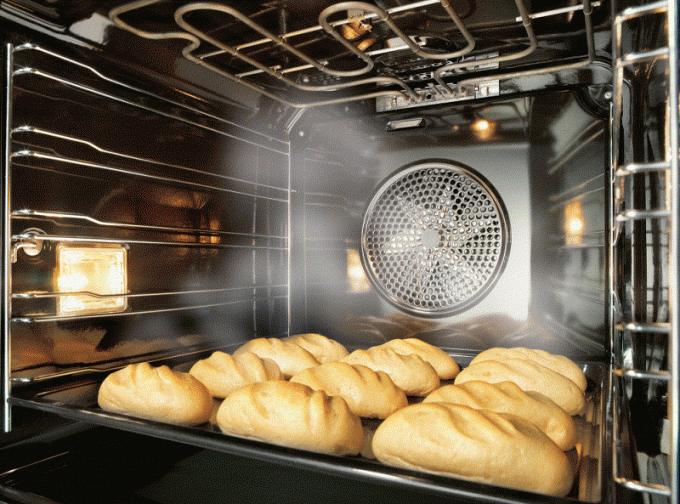Convection is the transfer of heat in liquid and gaseous environments, implemented by streams (or jets) of matter. In solids due to strong molecular attraction convection cannot occur. The energy in solids is transferred by conduction. It is well known that liquids and gases are heated from below, such as the kettle with water, put on fire, radiators placed under the Windows near the floor. The reason is that part of the substance is heated from below, expands, its density becomes less than that of the surrounding (colder) environment, and under the action of buoyancy it begins to rise. And its place at the bottom fills the cold part of the substance. After a while, progresses, this layer also rises up, giving place to the following substance flow and convection. Why liquids and gases should be heated from below heated layers cannot fall below cold.When convection energy transferred by the jets of gas or liquid.There are two types of convection: natural (free) and forced. Free convection takes place when layers of the fluid is reversed without the help of external forces, for example, the heating of the air battery in the room occurs by natural convection, but the speed of heating the water in the pot can be achieved by mixing layers of liquid with a spoon, such convection is forced. The fastest convection occurs in gases due to their loose arrangement of particles. They, being at large distances from each other, do not communicate well with each other and moved into almost independent direction, so the gases have a poor conductivity. Liquids have the middle seat between gases and solids by convection and conduction. That is, the convection they have to pass more slowly and the conductivity - faster than in gases. And with respect to solids, their thermal conductivity is weaker.
What is convection
The energy of motion and interaction of molecules, which compose the body, are called internal energy. The thermal motion of the particle never stops, so the body always has some internal energy. This energy can be changed (decrease or increase) the performance of work and heat transfer. There are three types of heat transfer: conduction, radiation and convection.

Is the advice useful?